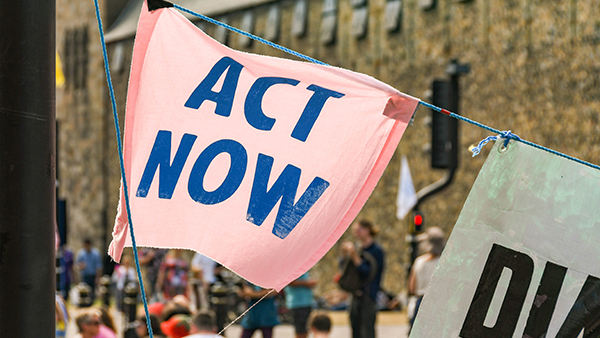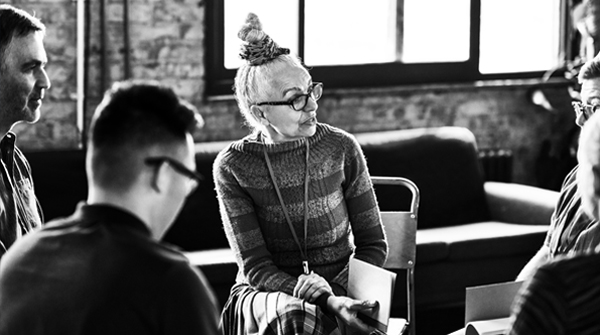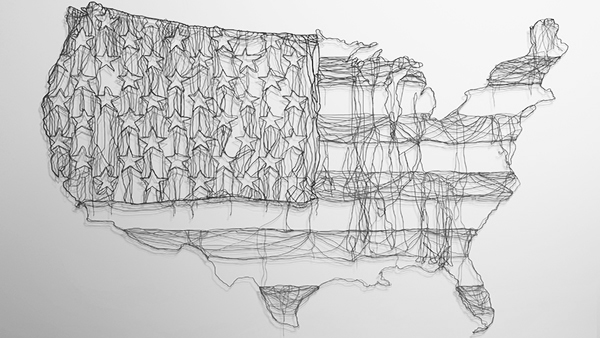Deep collaboration should be the superconductor of civic energy. But in reality the energy flow is far from perfect. Improvement and innovation will be less than we want or need until we recognise these sources of resistance and set about removing them.
According to Google:
‘Superconductors are materials that conduct electricity with no resistance. This means that, unlike the more familiar conductors such as copper or steel, a superconductor can carry a current indefinitely without losing any energy’
With the current Paris negotiations in mind, one major potential for superconductors is to enable renewable energy to be distributed from generation sites (sunny or windy locations) to distant places without being dissipated.
As our regions and cities face the challenges of austerity and the opportunities of devolution and change, it is vital that we see a step change in collaboration between local agencies. If we can align ambitions, insights and resources we can hope not just to survive the next few years, but to prosper as city and county regions develop new solutions and ways to work together.
Yet, in reality, local agencies - like weak conductors - dissipate available energy by failing to work together. Even when there is an explicit commitment to collaboration (as has been summoned up by the Government’s encouragement of new city regions) there is still huge resistance, with capacity and potential energy leaking out of the system at every stage.
Using the lens of three powers theory, three major forms of resistance can be identified:
In the hierarchical domain, the major problem is inertia. Deep collaboration is challenging for organisations and systems. Too often leaders approach collaboration without a genuine commitment to changing their own priorities and systems. Within organisations, there is often a recognition that to overcome departmentalism demands profound organisational change; for example, matrix management or devolving power to cross cutting teams. But too often, when it comes to inter-agency collaboration, leaders hope to bolt on new shared goals to existing organisational forms.
In the solidaristic domain a key barrier can be emotional inhibition. As a brave health service manager in Essex taught me a few months ago, asking for help can be tranformative. People can easily commit in principle to working together but powerful things are much more likely to happen when an emotional connection is made. Deep collaboration involves openness, generosity, trust, friendship; leaders have to share doubts and vulnerabilities as they seek to rekindle and collectively personify the ethos of public service and commitment to place.
In the individualistic domain, misaligned incentives are a huge block to collaborative potential. Very often middle managers, front line workers, partners and citizens hear the rhetoric and good intentions of collaboration, but continue to experience a set of incentives aligned with guarded territories and narrow organisational goals. I am currently working with a university exploring how it might work better with other agencies so as to make a bigger contribution to the social and economic priorities of the part of the UK in which it is located. To be serious in this goal, I have argued that senior managers of the university need to have performance targets not just relating to collaboration, but to the wider flourishing of their locality. Deep collaboration is unlikely if employees at all levels are paid and judged only on their contribution to their own organisation’s success.
To achieve superconductivity all three forms of resistance need to be tackled together at a system level. Not only because each matters, but because acting on one domain but not in the other is at best ineffective and can even be counterproductive. For example, much time and effort can be expended on creating new structures and process, but this will be futile if it is not translated into a new collaborative culture and the right individual goals.
Our work at the RSA shows us that in places and public services overall, partnership working is achieving only a fraction of what is possible. Given the scale of need and the pace of change this is a tragedy. Only by simultaneously overcoming inertia and inhibition, and by aligning incentives, can we hope to make collaboration the superconductor of civic energy.
Related articles
-
The public are ready to go further and faster on net zero
Anthony Painter
The public are ahead of policy-makers and, indeed, most of the business world. COP26 is an enormous opportunity to catch up. Global leaders should take it.
-
Can progressives ever stop the in-fighting?
Matthew Taylor
Biden's victory has caused the left and moderates to fracture again.
-
Can President Biden bring America together again?
Anthony Painter
There is a long road ahead for the new president.




Join the discussion
Comments
Please login to post a comment or reply
Don't have an account? Click here to register.
I like that metaphor of superconductivity - we were just talking the other day (and our founder wrote up a post - http://www.creativestartups.org/blog/building-blocks-creative-economy ) on how gov't, econ dev, and other leaders can work together. We think about it a lot as being entrepreneur first (since we're an accelerator that makes sense) but another way of looking at it is being supportive where the most value is being delivered. Superconductivity may also mean creating the easiest connections and change where that value lies, too.
Any work has to be funded ultimately and whilst established agencies have large overheads and staff on super-sized salaries there is little incentive for those who currently control the resources to share. Smaller new innovative groups cannot hang around forever waiting for a contract or to get paid; nor can they wade through mountains of bureaucracy to access a few crumbs from the table. Just look through regulations for tendering for public service contracts; or look at the layers of bureaucracy that slice off funding at each stage leaving little for those who actually deliver the contracts - it is soon obvious why those with entrepreneurial spirit move on; and why barriers to innovation are so powerful.
Great piece. I think you are right to highlight the need toalign objectives to make collaboration the superconductor of civic energy. A shared and strong vision is needed to bringabout this alignment. I recognise what you describe in the constructionindustry, which has a responsibility to make new and existing buildings fit forthe social and environmental imperatives of the 21st Century. There’s a good understanding now about what we need to do, some significant examples withproven results, but national progress is slow, for the systemic reasons thatyou describe. For positive change to happen quickly, we’re going to have to keep onbuilding an exciting vision of what is within reach, and how this change willtransform people’s lives for the better, now and in the future. Any ideas of how to quickly get the government on board would be much appreciated!
Impressive piece. I would only want to add another possible reason for failure on collaboration. That is that collaboration is sometimes pursued as almost,a displacement or avoidance activity. At sometime in the life of any organisation it can become that it's very purpose has greatly altered (or even extinguished) by external forces and change.
In those circumstances it can be that those in the trouble organisation see collaboration as some way out of what they perceive to be specific problems or sets of problems. It can be that collaboration can postpone or mask the fundamental 'do-we-have-a-purpose-any-longer' crisis for some considerable time.
I have a gnawing suspicion that that is what is currently going on with many local authorities across the UK. Collaboration may generate real (monetary) savings through, for example, reducing staff numbers, or greater economies of scale through shared asset use. Such initiatives, nonetheless, commonly produce no fundamentally innovative change or new added value. The best that is achieved is perhaps some institutional re-arranging or re-configurations.
Meantime, the original and existing purpose and structure of the respective local authorities remains largely unaltered - indeed unaddressed.
It seems to me like a revisiting the field of mergers and acquisitions in the private sector (and maybe also in the Housing Association sector). Many CEOs did awfully well financially and prestige wise out of such activities - but there's a paucity of convincing evidence as to what proportion of such A&M projects ever did deliver the promised Holy Grail of synergy.
As my sometime mentor oft opined, 'If you take one crap business and merge it with another crap business you end up with a bigger crap business'.
So an open question. How superconductive is the rsa. The theory is interesting, i would be interested to see examples of deep collaboration in practice especially where it delivers wider social and environmental good.